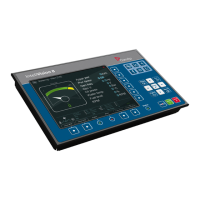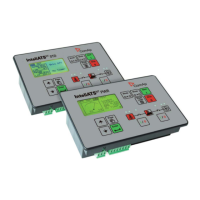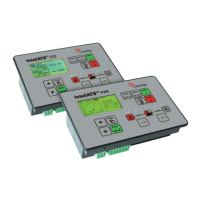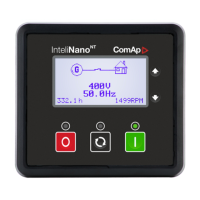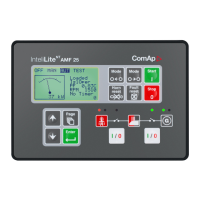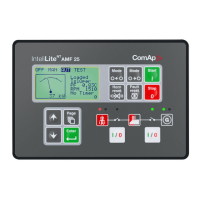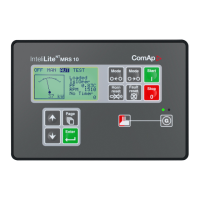Active alarm: the alarm condition persists, alarm delay has elapsed.
Inactive alarm: the alarm condition has disappeared, but the alarm has not been confirmed.
Confirmed alarm: the alarm condition persists, but the alarm has already been confirmed.
6.14.3 Alarm types – Yellow level
The yellow alarm indicates that a value or parameter is out of normal limits, but has still not reached
critical level. Obviously it is indicated by a yellow colour. This alarm does not cause any actions
regarding the gen-set control.
Warning (WRN)
The Warning alarm does not perform any actions regarding gen-set control.
6.14.4 Alarm types – Red level
The red level alarm indicates that a critical level of the respective value or parameter has been
reached. Obviously it is indicated by red colour. The controller will take one of the following actions:
Breaker open and cool down (BOC)
The BOC (electric trip) alarm category is used above all for built-in alarms assigned to the generator
electric values (voltage, current, power, etc.). The GCB is opened immediately, but after that the
engine will perform the standard stop procedure including cooling.
Slow stop (STP)
The Slow stop alarm differs from the BOC in that the gen-set will perform a soft unload before opening
the GCB (if possible). After that the standard stop procedure including cooling follows.
NOTE:
In the MINT application if the power management is active and a slow stop alarm occurs, the controller
will wait until another gen-set is started (if there is at least one available) before unloading and
stopping the gen-set. The maximum time the controller will wait is given by the setpoint #SlowStopDel.
Shutdown (SD)
The Shutdown alarm opens the GCB immediately and stops the engine immediately without cooling.
NOTE:
It is not possible to start the engine if any red level protection is active or not confirmed.
CAUTION!
The gen-set can start by itself after acknowledging the alarms if there is no longer an active red alarm
and the controller is in AUT or TEST mode!
6.14.5 Sensor fail detection (FLS)
If the measured resistance (or voltage or current in case of IGS-PTM module) on an analog input
exceeds the valid range, a sensor fail will be detected and a sensor fail message will appear in the
Alarmlist. The valid range is defined by the most-left (R
L
) and most-right (R
H
) points of the sensor
characteristic ±12.5% from R
H
-R
L
.
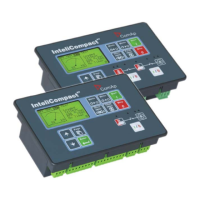
